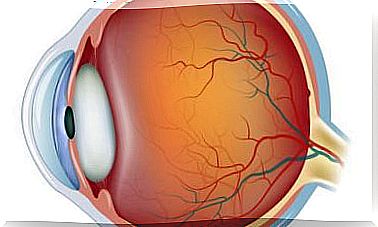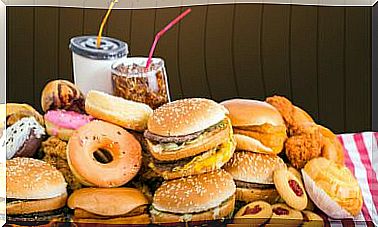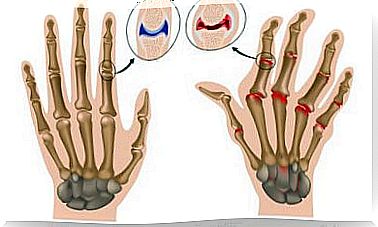Tips To Reduce Salt Intake
The amount of salt we eat daily is one of the main causes of vascular diseases as well as kidney failure and even osteoporosis.
If we reduce to half of its consumption we can obtain many benefits. In this article we give you some tips to reduce this common seasoning of our meals.
Why stop consuming so much salt?
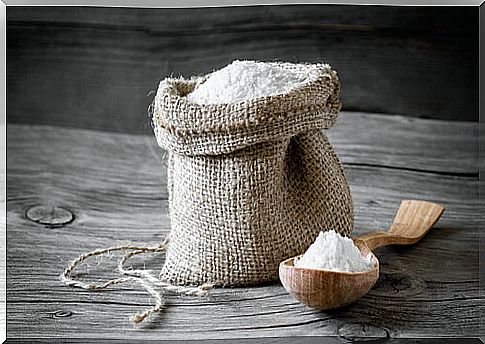
Its use in food is quite recent. Although at first it was used to preserve food for longer (when there were no refrigerators or freezers) later it became an element that is not missing in any house.
Adding salt to food when cooking or eating is unnecessary.
However, our taste buds have become so used to its taste that we cannot conceive of any dish if it does not have even a little.
Basically we use it to give food more flavor, but it is not essential.
Salt retains fluids in the body, thus increasing blood pressure and promoting the development of chronic hypertension.
A large percentage of patients who suffer from cardiovascular attacks or heart disease eat a high sodium diet.
The recommended amounts of salt depend on your age:
- Babies up to 1 year old can consume 1 gram a day.
- Between 1 and 3 years, 2 grams.
- From 4 to 6 years old, 3 grams.
- Between 7 and 10 years, 5 grams.
- Over 10 years old, 6 grams maximum.
Tips to eat less salt
Reducing the intake by half is an arduous task since our taste has to “remove the idea” that a food is rich only if it is salty.
There are some measures that we can implement to consume less and less salt:
1. Replace with spices and condiments
There is a wide variety of aromatic herbs and powdered spices that can be used to enhance the flavors of our food.
A meal has enough flavor with vinegar, lemon or olive oil. Nor if we put cumin, turmeric, pepper, oregano or basil.
Look for the different combinations of spices and condiments that you like the most, but do not make the mistake of adding mayonnaise or similar, because they also have a lot of salt.
The best are herbs, dried or fresh. Do the test!
2. Read product labels

You will be amazed to know the amount of sodium in the foods that you usually eat and that you buy in the supermarket.
Even those products that should not have salt (such as corn flakes) add it in their composition. It is essential to pay attention to the labels before placing it in the shopping cart.
3. Don’t put the salt shaker on the table
It is a deeply ingrained habit and therefore it will take time to change it. Having the salt shaker in sight is harmful, since it is a stimulus for our brain.
We took a bite and immediately added salt. Some people even spread these white bumps before they taste food.
If you have already added it during the cooking process, leave the salt in the kitchen and not on the table. This way you will avoid temptation.
On the other hand, we advise you to use a salt shaker that has small holes. This may seem insignificant, but it changes our contact with salt quite a bit.
If the container has very large holes, in a single “fist” the plate will fill with salt. On the other hand, if you have to make a greater effort to salt the food, you may give up before it is too late.
4. Prepare your meals
Manufactured and processed foods, as well as those meals that we order at home, cannot be defined as “healthy”.
Instead of opting for packages that are frozen and cooked in the microwave or ordering a pizza every Friday, it would be better to prepare your food.
In addition to being an act of love for you and those around you, you can regulate the amount of salt in each dish.
There is nothing like a delicious home cooked meal!
5. Reduce your salt intake little by little
One of the common problems among adults is that, when the doctor tells them “no more salt”, the change must be too abrupt and that is why it is difficult to get used to.
Going from adding salt to everything to eating without even a hint is like night and day. The best thing is to decrease it little by little.
For example, we may have the goal of reducing 0.5 grams each week.
6. Pay attention to the intakes between meals
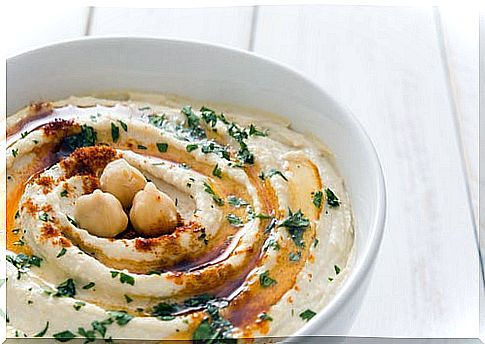
One of the main sources of sodium today is French fries (and all kinds of snacks and appetizers) as well as cold cuts and cold cuts.
The bad news is that it is part of our culture to consume them before dinner or in a meeting with friends.
However, you can replace these snacks with healthier and less salty ones, such as carrot or celery sticks with chickpea paté (hummus) or pieces of cheese without salt.
Other tips to reduce salt intake that can help you:
- Don’t buy ready-made sauces.
- Avoid meats cooked in salt.
- Eat fresh foods.
- Steam cook without additional salt.
- Choose sea salt or low sodium.
See also:


